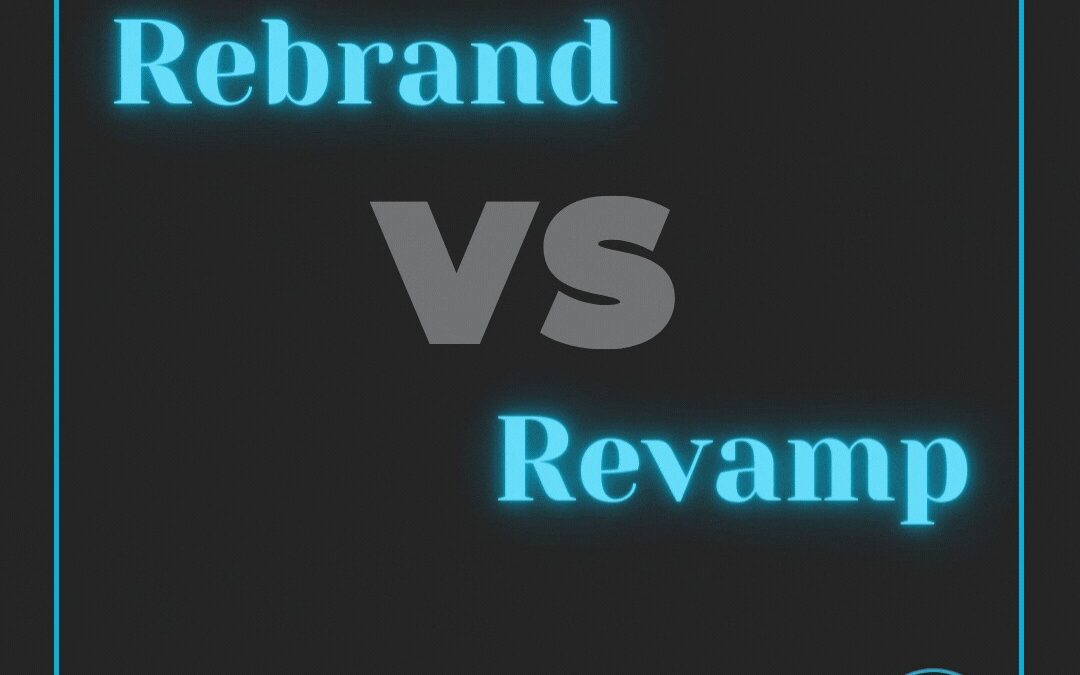- info@yaseo.co.uk
- 58 the Arches, Windsor, SL4 3HY, United Kingdom.
How We Get Played By Marketing

We all know the importance of marketing tricks and we all fall for them wether you believe it or not! Let’s look at 3 ways marketers can play with your mind and senses.
The Decoy Effec
Probably the most popular marketing trick wherever you go. Imagine you go to the cinema and you are not thirsty. You decide to get a small drink for £1.50, the other options are a large drink for 4£ and then we have the medium drink for £3.75. Marketing experts know that people will not buy the medium drink, however, adding it to the menu makes the large one seem like a good option. In most cases, people will end up buying a large drink as it is a superior product - better priced compared to the medium drink and better value compared to the small drink. Simple marketing, eh?

Pricing Games Can Affect Buyer’s Decisions
When you go into a store and choose something you like have you noticed that the price seems odd sometimes? The reason behind it - pure marketing playing games with your mind. Subconsciously, each pricing pattern affects customers. For example, there is the so-called Goldilocks Pricing:
- Prices such as £10.00 or £15.00 give you the feeling that you are purchasing a high-quality item. Seeing prices that end in 00 is visually appealing and seems “right” in your mind.
- Prices ending in 8 or 9, for example, £5.98 or £10.99 always seem like a good deal despite the fact the customer is actually saving pennies.
- Prices ending in random numbers like £8.63 or £7.34 gives the impression that the item is reduced as much as possible. Can’t go any lower than this, and yet the deal might not be the best.
If you have products with all three pricing patterns, which one would you go for?
Sense Manipulation in Retail Marketin
OIn the world of retail, marketers can also play with your senses like colour, smell, touch, and music. According to studies, 93% of the decision-making process in customer is associated with visuals
- Colours clearly play a key role in marketing as they can influence you in several ways. Subconsciously we get the sense of danger or urgency when we see red, happiness and good vibes are associated with yellow, blue gives us the feeling of comfort and green reminds us of nature and natural ingredients. According to studies, impulse buyers are drawn to darker colours and also red and orange, while smart buyers with budgets prefer colours such as teal, pink, light blue and navy. Colours are also associated with flavours due to world-renowned products, for example, yellow is linked to McDonald’s fries and will suggest that the product is salty. Red is linked to sweet treats like lollipops and chewing gum, while green suggests sour taste. Playing with your mind using colours is a method used by marketing experts for years and it’s all based on consumer research and psychology. In our mind we are subconsciously drawn to certain colours, hence we tend to remember certain logos and buy their products more.

- Scents are linked to our brain’s limbic system which is also where we process emotions and memories that can affect our buying behaviours. Doctor Alan Hirsch conducted a research where customers were in a room with Nike trainers and another room that was scented, also selling the same Nike trainers. The results showed that 84% of those guys were willing to pay £10 more while shopping in the scented room. Huge retailers like Hugo Boss, for example, use a musky scent with a hint of citrus as a signature memory trigger. Smell represent only 1% of the decision process for customers, however it has great emotional links.

- Touch is another way marketeres can play with your mind. You might be surprised by the fact that a warm touch can make you invest, but it’s true. According to a Harvard Business Review article, warmth makes people feel safe and hence more prone to buying high-value things like cars or houses. When talking about marketing we definitely want to look at Apple, one of the fastest progressing companies nowadays with a huge revenue for 2019 of over $260 billion dollars! Clearly they know how to do it right. One of the things you may have noticed when going to an Apple store is that all Mac notebooks are halfway open. The angle is precisely at 70 degrees, just enough to get your attention and tease you to open it and see. There is an app that store employees must use to configure the angle.Doesn’t seem like much, but we fall for it, we go and open it and then boom, we are amazed by the colours and the parameters of the notebooks. If you think about it, a touch create affection, we touch the people closest to us, we touch or phones that are touch screen and it all feels so right and comfortable. In marketing, touch represents 6% of the decision-making process - not a huge part, but definitely very significant.

- The remaining 1% of the decision process in buyers remains for sounds and smell.
We already discovered how important scents are and how they can trigger emotional
reactions in our brains, similar processes apply to music. According to researchers,
music can affect your mood, brainwaves and even your heartbeat! Famous brands
can utilise music to project certain behaviours in their customers. For example,
Abercrombie and Fitch play loud supercharged music to get customers to move with
the beat and make them more active in their browsing. On another note, Victoria
Secret’s shops use soothing and calm music to allow more interactions between
customers and sale reps. It all depends on what needs to be achieved, there is music
for everything and it definitely sets the scene!
Tell us what do you think guys, do you fall for these marketing tricks or are you using them in your business? Check out our cool Instragram posts for more comments and don’t forget: Halloween is just around the corner! What would you go for trick or treats?





